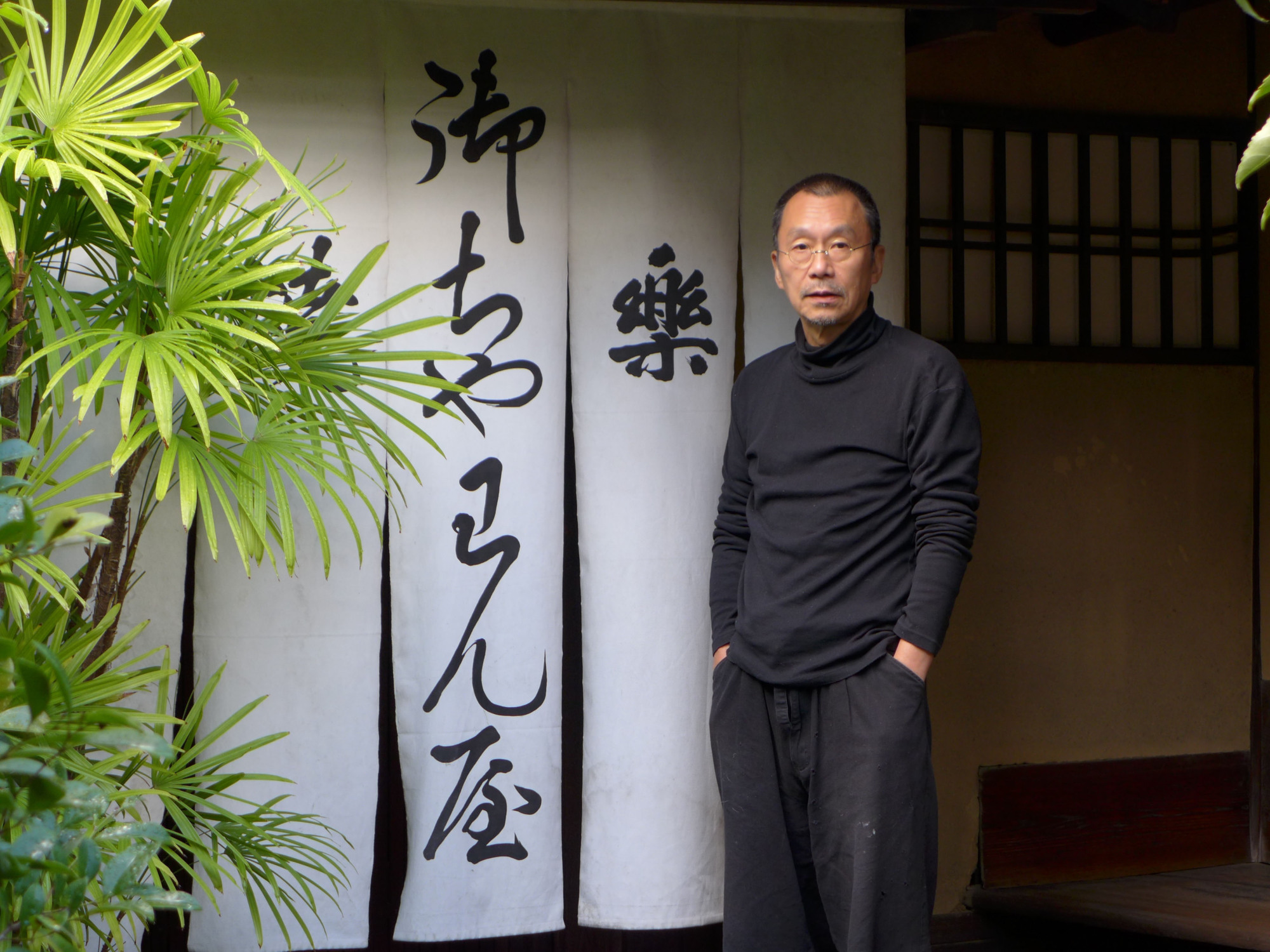At the opening of "The Cosmos in a Tea Bowl: Transmitting a Secret Art Across Generations of the Raku Family" at The National Museum of Modern Art, in Kyoto, the current head of the Raku family, Kichizaemon XV (b. 1949), explained that the event would be "an unprecedented and once-in-a-lifetime exhibition of such a grand scale" that it would include important works by Raku founder Chojiro (date of birth unknown-1589) and Honami Koetsu (1558-1637), the artist who inspired the founding of the Rimpa school — pieces that are rarely exhibited together in public.
The exhibition fulfils that promise, introducing the art and tradition of the Raku family's 450-year history in the form of 140 works, including 12 Important Cultural Properties. It's an unusual choice of exhibition for a museum of modern art. Mainly a selection of tea bowls made by generations after Chojiro, the exhibits trace the family's history to Kichizaemon XV and Raku Atsundo (b. 1981), who will become Kichizaemon XVI. Other works by related figures such as Koetsu complete the exhibition by placing it in historical context.
Raku-yaki (Raku ware) mostly comprises tea bowls and utensils for chanoyu (tea ceremony) and was first produced in Kyoto by the Raku family during the 16th century. Chojiro began making unique tea bowls — which were each hand molded — at the request of Sen no Rikyu (1522-1591), the great tea master who advocated wabi-cha, a wabi-style tea ceremony influenced by Zen Buddhist-inspired concept of finding the beauty in simplicity and imperfection.



















With your current subscription plan you can comment on stories. However, before writing your first comment, please create a display name in the Profile section of your subscriber account page.